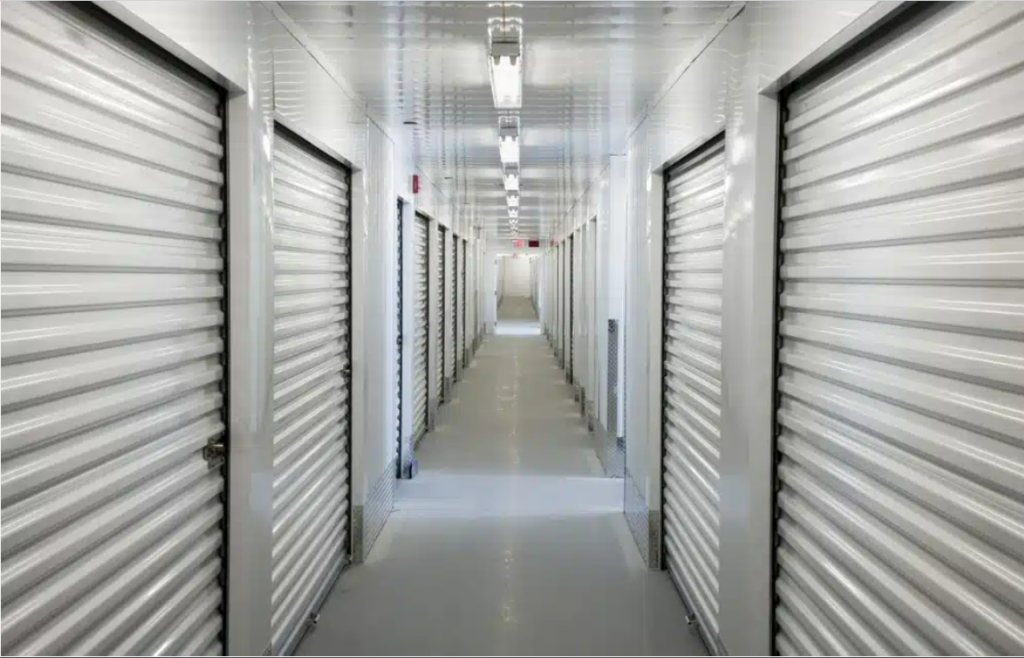The storage and moving industry is highly competitive, requiring businesses to operate efficiently while delivering excellent customer service. Small and medium-sized businesses (SMBs) in this sector can use data analytics to optimize operations, reduce costs, and improve customer satisfaction. In this blog, we’ll explore how data can drive better decision-making and business growth for storage and moving companies.
1. Optimizing Logistics and Route Planning Efficient route planning is essential for moving companies to save time and fuel costs. Data analytics can help businesses:
- Identify the fastest and most cost-effective routes
- Predict traffic patterns and adjust schedules accordingly
- Reduce vehicle wear and tear by optimizing mileage
Pro Tip: Use GPS tracking and route optimization software to improve delivery times and reduce operational costs.
2. Enhancing Customer Experience Customer satisfaction is key in the moving and storage industry. By analyzing customer feedback and service trends, businesses can:
- Improve response times and service efficiency
- Offer personalized promotions based on customer history
- Reduce complaints by identifying common service issues
Example: A moving company used customer satisfaction surveys to identify frequent complaints and made operational changes, leading to a 15% increase in positive reviews.
3. Managing Inventory and Storage Space Efficiently Storage companies need to maximize their space utilization and prevent inefficiencies. Data analytics allows businesses to:
- Track occupancy rates and predict future demand
- Optimize warehouse layouts to improve accessibility
- Identify underutilized spaces to maximize revenue
Tip: Implement smart storage management systems to monitor available units and pricing trends in real time.
4. Reducing Costs with Data-Driven Insights Cost control is critical for SMBs in the storage and moving industry. Data analytics can help by:
- Identifying unnecessary expenses in labor, fuel, and maintenance
- Reducing downtime with predictive maintenance for vehicles and equipment
- Streamlining operations by automating invoicing and scheduling
Example: A storage company used data analytics to track seasonal demand patterns, allowing them to adjust pricing and promotions, increasing revenue by 20%.
5. Forecasting Demand and Seasonal Trends The moving and storage industry often experiences seasonal fluctuations. Predictive analytics helps SMBs anticipate trends and plan accordingly by:
- Identifying peak moving seasons to optimize staffing
- Adjusting pricing strategies based on demand forecasts
- Managing inventory to accommodate high and low seasons
Real-World Impact: A moving company used data to anticipate summer demand surges, hiring temporary staff in advance, reducing last-minute costs, and improving service quality.
6. Driving Growth with Data Analytics Beyond optimizing operations, data analytics can help storage and moving companies grow by:
- Identifying new target markets and customer demographics
- Improving marketing ROI with data-driven ad campaigns
- Expanding services based on customer demand and industry trends
Example: A storage company analyzed local real estate trends and partnered with realtors to offer discounts to new homeowners, resulting in a 30% increase in unit rentals.
Data analytics is revolutionizing the storage and moving industry, helping SMBs optimize logistics, improve customer experience, reduce costs, and drive growth. By leveraging data insights, businesses can stay ahead of the competition and provide better services to their customers. Ready to harness the power of data? Start analyzing key metrics today and transform your business for success.
Want to optimize your storage or moving business with data? Contact us today for a free consultation!

